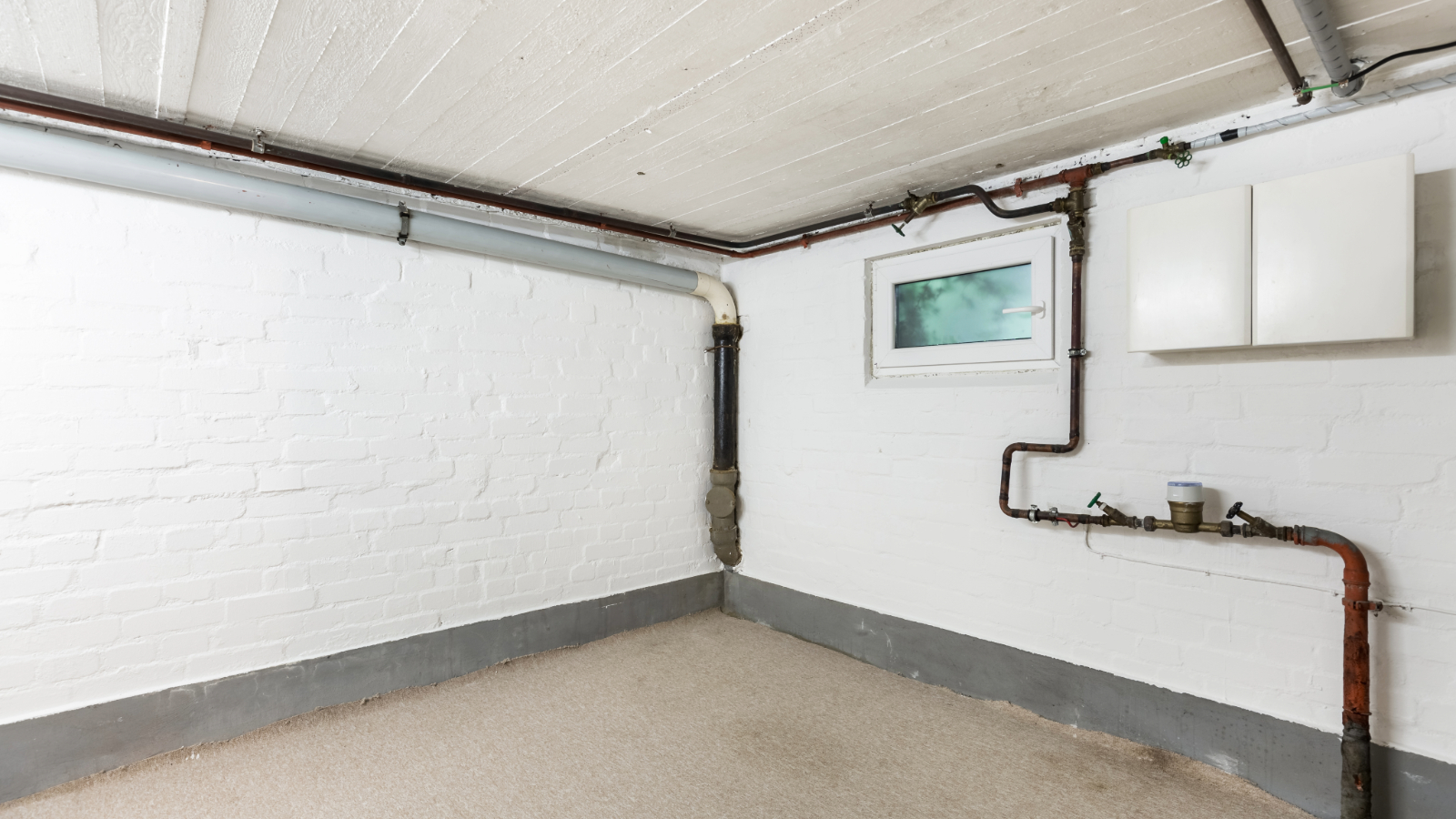Stay ahead of the game with our 12 step extension planner to take your project from start to finish
Organisation is key when it comes to building an extension. Our 12 step extension planner covers everything you need to consider in order to help you successfully sequence your project

Whether you're choosing to project manage your extension yourself, or looking to understand what's involved in the different stages of building an extension, having an extension planner to hand is essential.
Covering all the different jobs that need to take place, along with where they sit in the overall scheme will give you a better grasp of what's ahead, as well as the resources you'll need for each step of the way.
And while the extension planner for each project will be tailored to suit, the key stages will follow a logical programme of works to ensure each element is completed at the right time, and within budget. We've broken a standard schedule down into 12 steps so you can clearly anticipate what needs to happen and when.

Why you need an extension planner
In a similar way to building a house, whether you're planning on a simple single storey extension idea or a much grander wrap around extension, any construction programme should clearly outline a project’s scope of work, identify timescales, lead times, development phases and durations. Project budgets and cashflow can also be incorporated to assist with financial control.
And while the extension schedule here is based on a single storey kitchen extension, getting any type of building out of the ground involves the same process. For larger projects, or a double storey extension, the main thing that will change is the timings –the work required will still follow the same logical steps from A to Z.
Likewise, if you live in the property while the work is taking place, this may add extra time too. If this is you, then using an extension planner is even more important so you know when you can expect the most disruption.
The other benefit of using and having an extension planner in advance? It will help you to establish a schedule of works to send out to tender in order to get a fair set of quotes.
Bring your dream home to life with expert advice, how to guides and design inspiration. Sign up for our newsletter and get two free tickets to a Homebuilding & Renovating Show near you.
"It is critical that a schedule of works and specification document is submitted to all the builders who are tendering for the work," advises Charlie Avara, founder of Build by Charlie. "If you just provide a set of drawings with no specification document, each builder will assume their own spec for the materials – and these can vary in cost significantly.
"Likewise, the schedule of works will list out all elements to be priced for. For example, the installation of the finished flooring may not be shown on the drawings, but you may want this included in the cost breakdown. The schedule of works and the specification document will eradicate any ‘assumptions’ and will enable you to compare apples for apples."

After a very successful career as MD of a design and build company, Charlie set up her own domestic contracting business, BUILD by Charlie. With over 15 years in the industry Charlie has built up a wealth of knowledge on all things renovating and extending, with a proven track record of delivering on projects ranging from the ultra modern, through to period properties.
Step one: Finalise conditions and arrange insurance
Before starting to build, you must ensure you have given appropriate consideration to the level of pre-construction information required for the scope and scale of the project.
Make sure you have discharged any ‘pre-commencement’ planning conditions before work begins on site. Planning conditions can be areas related to service connections, trees or access and have to be resolved before building begins, otherwise you could face enforcement action.
Also check that your existing home insurance policy covers any works that are undertaken as part of an extension project. Avoid any nasty (and expensive) surprises later down the line by getting in touch with your insurance provider and checking what is and isn’t covered.
To make sure your home is properly insured during substantial home improvements, you’ll often need a specialist policy, such as those offered by Self Build Zone
Step two: Stabilise building and make safe
In the case of those adding an extension while renovating a house, before any works commence, the existing building needs to be made safe, as it will become a ‘place of work’ if you employ a builder, tradespeople, or have anyone else helping you on site.
This means cutting off the power and water to any building services to be removed, and providing temporary power and water supplies for the construction works as part of the ‘site setup’.
Undertaking an asbestos survey is essential in order to ensure the building is free of potentially life-threatening contamination. Any asbestos found must be removed safely in accordance with guidance from the Health and Safety Executive (HSE).

Step three: Strip back and salvage
Once the site is safe, any demolition work can be undertaken to dismantle parts of the building that are being removed or altered. Used building materials often have value, and salvaging them for reuse on your site, or selling them for reuse elsewhere through a salvage yard will help with the sustainability of the project.
"When removing old extensions in order to add a new one, rather than filling endless skips with the resulting rubble, we covered the lawn and stock piled everything," says Sarah Harley, Homebuilding & Renovating's website assistant editor, who has extended a number of different properties.
"We then hired a specialist machine which ground the rubble down into correctly sized material that we could use in the extension foundations. It saved money both in terms of materials and skip hire, and it also felt we were able to add some sustainability into the scheme."
When replacing an old extension, a ‘soft strip out’ contract is often the first stage of a more extensive renovation or extension project and can involve the removal of all old building services (wiring, heating and plumbing), stripping old decorative finishes back to plasterwork, or the removal of plaster back to the brick or masonry to facilitate the repairs and rebuilding work.
This stage will usually involve making sure you've included scaffolding costs to provide access. If a full scaffold is required to cover all or part of the building due to removal of the roof, a structural engineer’s design is a legal requirement. Be sure to notify the local authority of the demolition works too.

Sarah is Homebuilding & Renovating's website assistant editor and has been an avid lover of all things homes and interiors since a young age. When it comes to her personal building and renovations experience, viewers saw her don a pink hard hat on Grand Designs to project manage the renovation of a Grade II listed folly with the addition of a sweeping modern extension. She admits she has never actually left a property she has lived in untouched, and doesn't think she's finished moving home yet either – despite having clocked up over 20 addresses to date.
Step four: Treat any structural issues
Before, or alongside undertaking building work to alter or extend your home, it is important to solve any issues such as rising damp, insect infestation and fungal infestation. It is especially important to remove all timber elements affected by dry rot and to treat the building with appropriate fungicide.
Unlike the less dangerous wet rot, dry rot is able to spread through damp brickwork and into plaster, allowing it to spread throughout a building with ease. It is one of the most difficult types of rot to treat and can even lead to timber and brickwork collapsing in extreme cases.
Although damp treatments, insecticide and fungicide are all available on the DIY market, it is best to leave this work to specialist contractors that will provide an insurance-backed guarantee.
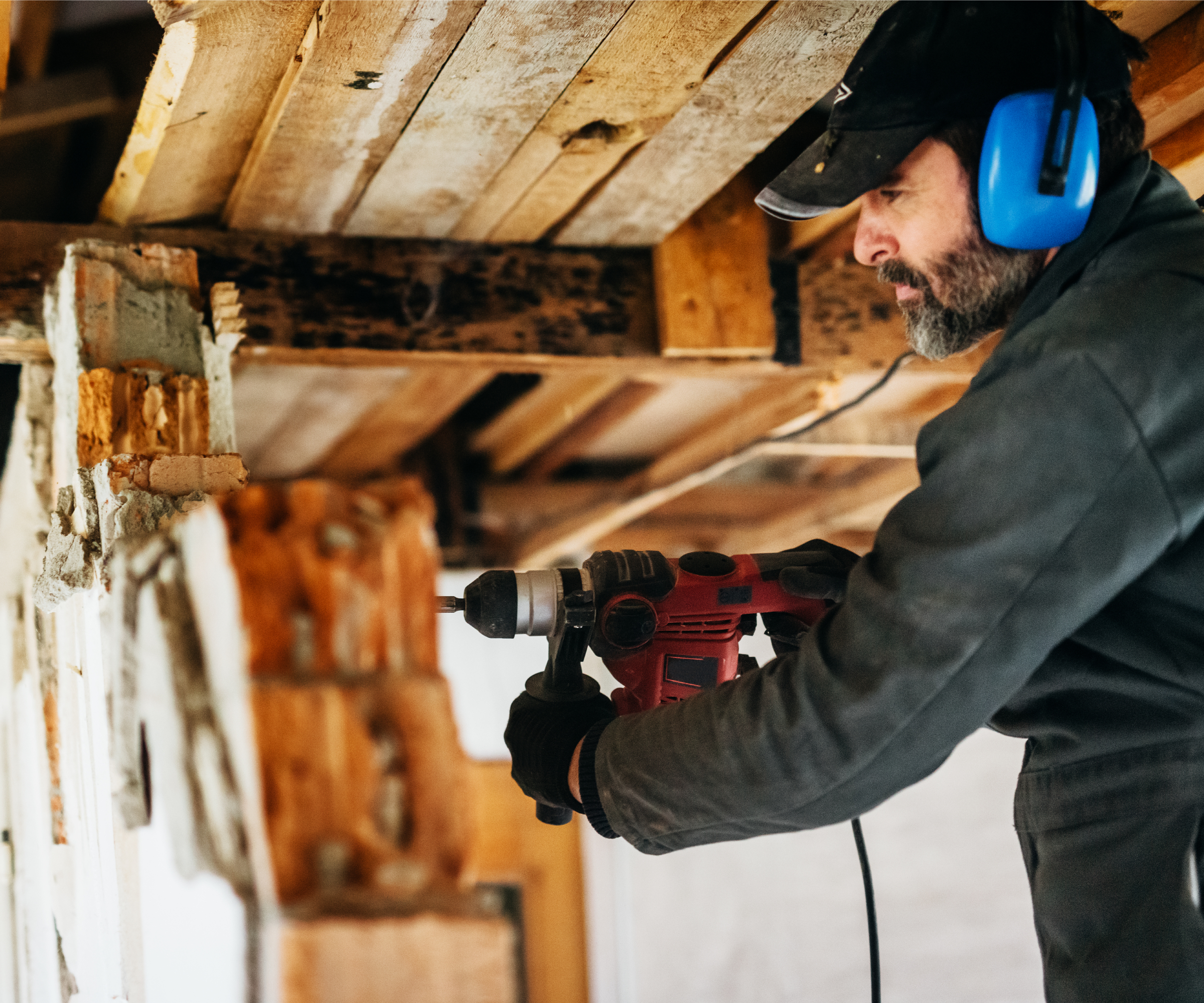
Step five: Major structural works
This is the main part of the building contract and involves the heavy building work to add your extension, or undertake the remodelling work of an existing one.
If you are adding a new extension and not removing any previous buildings, it's also the point when your main contractor or builder will set up the site and begin to bring in the necessary tools, machinery, equipment and materials to start work. If remodelling, they will likely have already set up to complete any strip out or remedial work.
On larger projects, facilities such as a site cabin and a toilet will take up residence in your garden, although smaller extension ideas may not require quite as much infrastructure.
As well as the logistical set up, it’s also the point at which your builder will mark out the extension on the ground.
"While you shouldn’t need to get your tape measure out and check, it’s worth making sure it’s in line with what you expected from the plans," says Sarah Harley. "If you have any concerns be sure to make yourself heard – waiting to speak could lead to costly changes further down the line or even result in building control or planning not signing off the work."
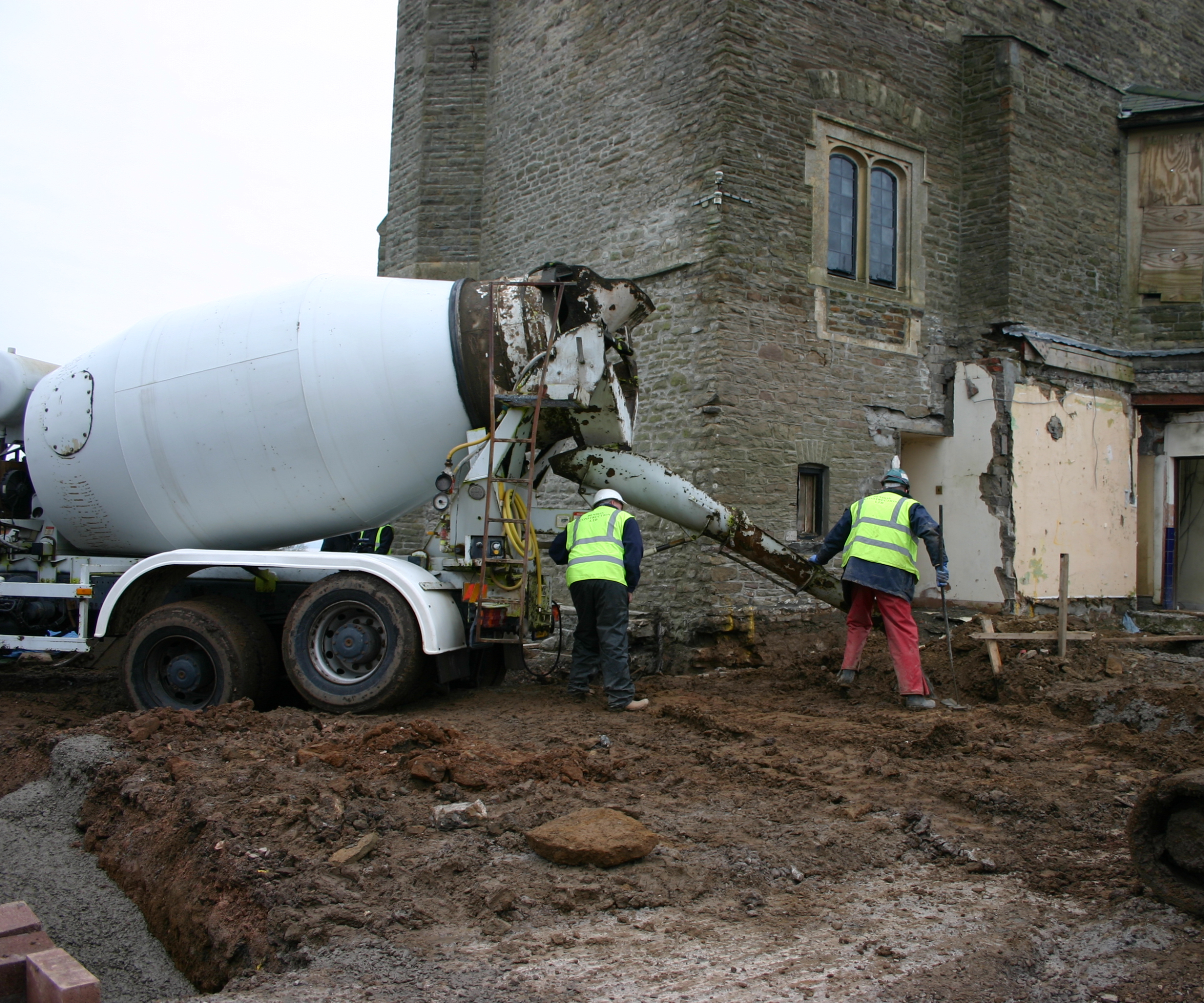
Once you're ready to go, this is where the work really begins. Groundworks, foundations, wall and the different types of extension roof construction will all take place to form the completed superstructure for your extension. Door and window openings will be created and it's again worth making sure they are all where they should be, says Sarah, who discovered you can still miss things regardless of how rigorous you are.
"Although the plans had been checked over and over again, it wasn't until this stage that we noticed a problem with some clerestory windows in the design," she explains.
"A few were falling where an internal wall needed to be. Some last minute decisions meant we were able to fix the problem, but it's why it pays to make sure either you, your architect, or project manager are monitoring what's happening on site."
Initially you'll have groundworkers on site, quickly followed by bricklayers, carpenters, roofers and general building operatives to install drainage systems and service risers and insulation – although it's worth noting that works to connect any new drainage runs to the existing drainage network will usually be left until the heavy building work is complete and the scaffold has been dropped.
Once the roof covering is completed and any external cladding is in place, the gutters and downpipes (rainwater goods) can be fitted and any external decoration and mastic sealing work needed outdoors will be undertaken. The scaffold can then be dropped unless you're adding a double storey extension, in which case you’ll need more scaffolding as the build progresses and you add in the second floor.
Throughout this stage, you can also expect several visits from building control to check the works in progress are in line with what’s been agreed.
"It's worth noting that you have the option to work with private approved building inspector as opposed to the local authority," notes Charlie Avara. "The plans will need to be submitted to them at least 5 days before starting on site and its best to ask your builder who they prefer working with."
Step six: Make the shell weathertight
Before internal works commence, the building should be made secure and weathertight once the superstructure is in place. This means the roof is completed (at least covered if not fully tiled) and all window and door openings are closed up. In most cases this will mean the roof is tiled and the doors and windows are installed fully glazed, but if these are not yet on site, or the glazing is considered to be too vulnerable to install while works are still underway, then temporary works can be used to close up the building.
To accelerate a building programme, it is possible to make parts of a building weathertight e.g. often the top attic storey or upstairs storey, and to seal it off and commence first fix while the heavy building work continues on lower storeys.
Often, home improvement projects such as extensions and loft conversions are made weathertight and then completed to plastered-out stage before the demolition work to ‘knock through’ to the existing dwelling is undertaken. This can be an excellent way to separate building works from the existing home, especially if you are still living on site during the project. During the knock through stage it is best to move out for a few days or one to two weeks.
Door linings and window boards followed by windows and doors will need to be added next in order to finish securing the exterior of your extension. It’s also the point at which any outstanding work to join your extension to your existing home may take place. Although of course if undertaking a larger project involving external walls being removed, this will have happened sooner.
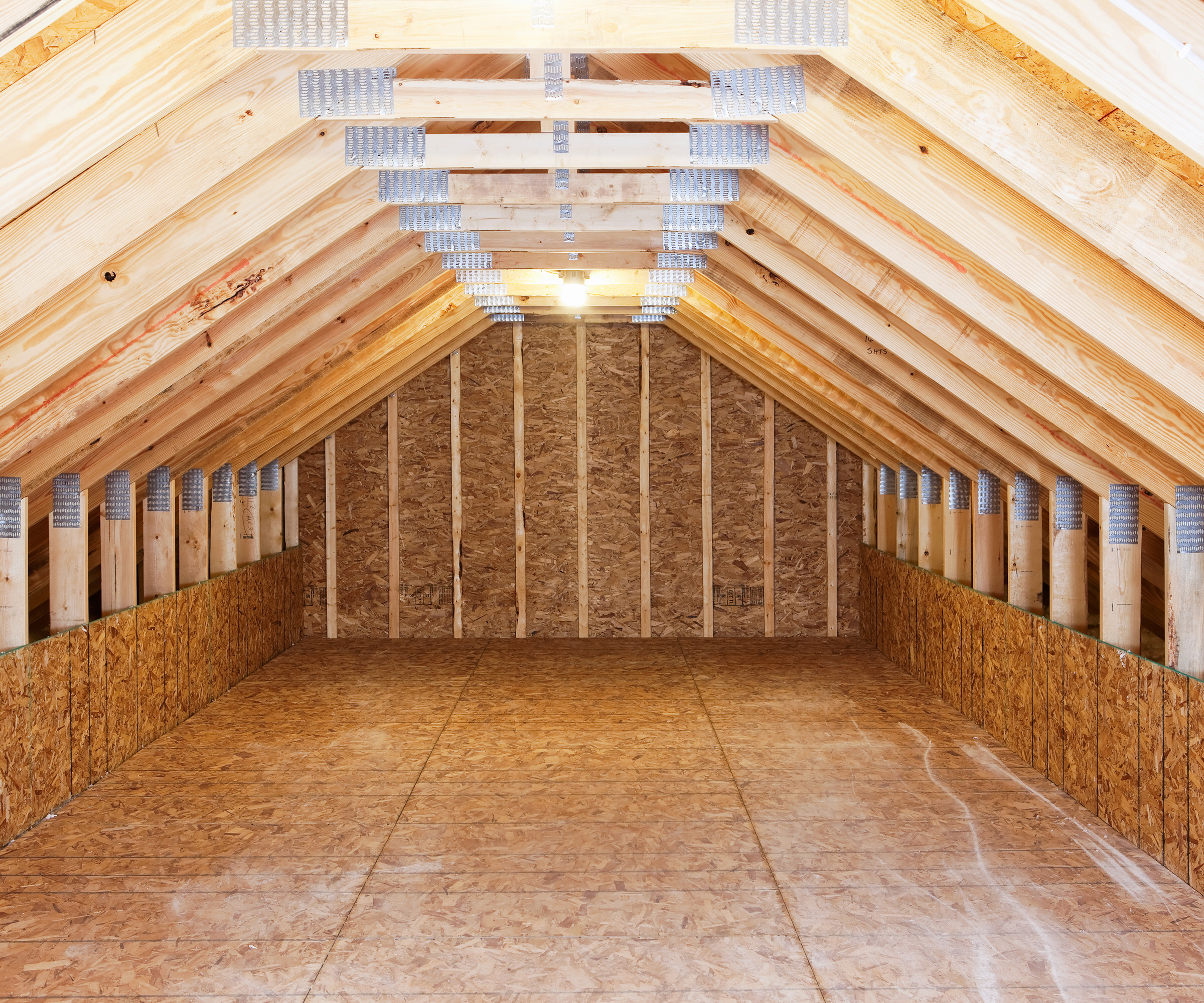
Step seven: First fix
If you’ve left it until now to decide on your kitchen design, bathrooms, lighting, heating and electrical plans I’m sorry to say you’re behind schedule. These ideally need deciding when your plans are being drawn up, as no-one wants to channel out a freshly plastered wall in a few weeks' time when you’ve realised you forgot to add wall lights or a socket for your oven.
Depending on how a new extension impacts your existing home’s wiring and plumbing, this will also be the stage when any changes are made to the rest of your home so that the two spaces start to work together.
Ahead of commencing first fix, all stud partition walls (timber or metal studwork that will be finished with plasterboard later, as opposed to solid masonry walls) also need to be completed. An external power supply for outdoor lighting, electric gates, water features etc, also need to be in place at the first fix stage.
Why? First fix primarily involves all of the internal works that need to be completed prior to screeding the floors and plastering the walls. Insulation and buildings services (wiring, plumbing, heating pipework and control wiring, mechanical ventilation will all be concealed by the screed and plaster finishes), so it is therefore essential to have finalised all buildings service layouts prior to starting the first fix stage.
First fix also includes fitting the door and window linings around openings so that plasterers have a profile to work to.
Once complete, the floors will be screeded to the levels ready for the floor finishes. It's also the reason why before the screeding commences it is essential to have chosen all the floor finishes. Different flooring finishes such as flagstones, tiles and carpet will all require different depths and it's a flooring mistake that can be tricky, costly and messy to rectify.
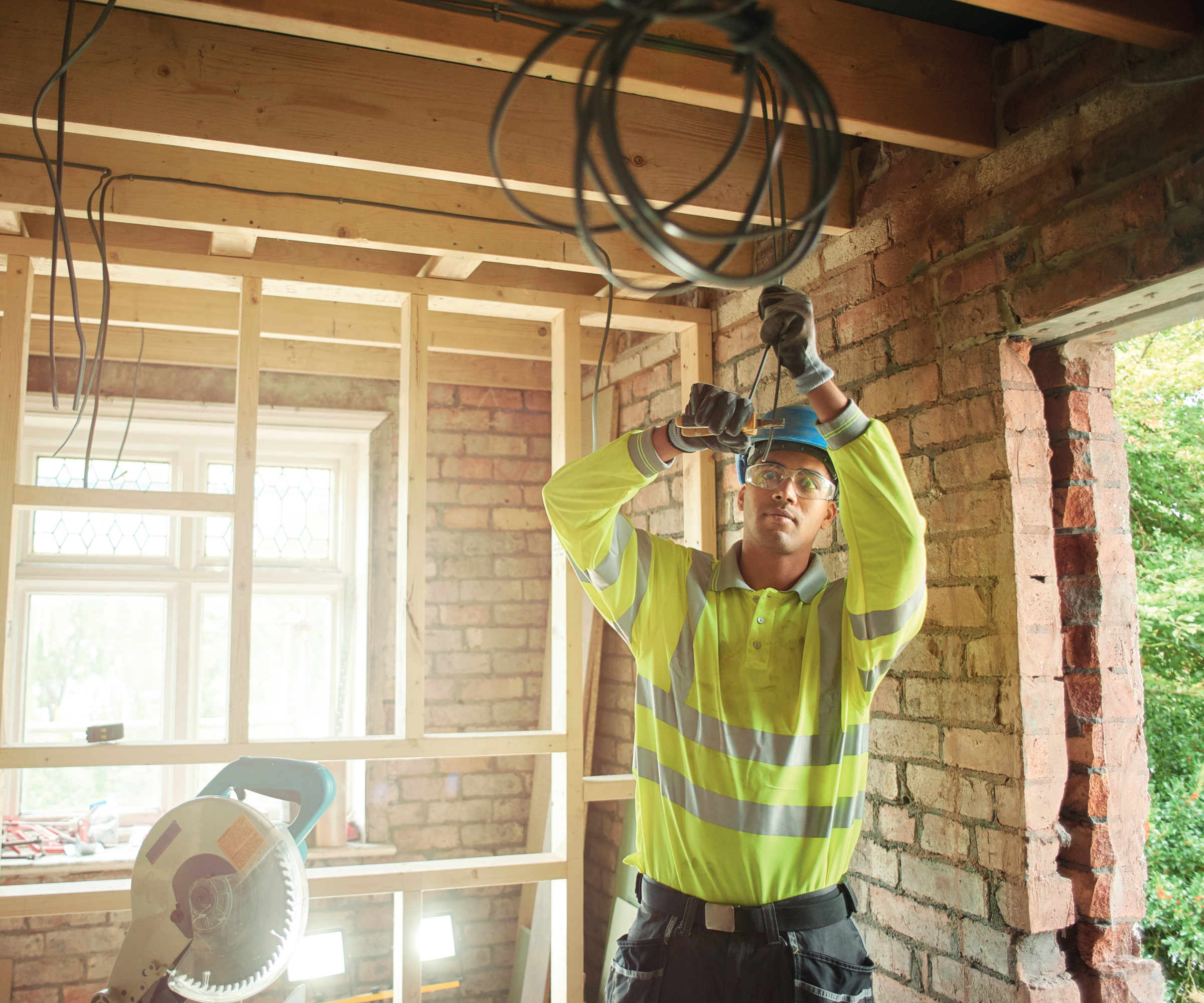
Step eight: Plastering and making good
This is the stage that begins to transform a building site into something resembling a home.
Ahead of the plasterers commencing work, each room will be prepped, the beads (stop bead, angle bead, shadow gap bead) fitted and wire mesh and scrim used to close up any gaps. Any existing plasterwork that requires repair, or a new skim coat of finishing plaster will be prepared, too.
The ceilings are battened out and sheets of plasterboard screwed into position (known as ‘tacking’ work). Shower enclosures and wet areas are finished with a waterproof tile backing board.
The plasterers will then work through the home room by room, starting with the ceilings and moving into the walls. They will leave behind beautifully smooth polished surfaces (unless you specify an alternative finish such as stucco plastering) with sharp angles around openings and external corners. Any decorative plasterwork, such as coving, cornice, ceiling roses etc, can then be applied.
Whether or not the stairs are installed at this stage is a difficult decision. Plastering to the strings can give a better finish, but it is difficult to protect the stairs from damage at this stage of a project, so if an expensive staircase idea has been selected, it is best to leave installation to second fix stage unless it can be fully protected from water and paint spills and heavy traffic.

Step nine: Lay fixed flooring and tiles
Before second fix (installing skirting and architrave, hanging doors, and fitting sanitaryware etc) all fixed flooring needs to be laid. This includes tiled and most types of wood flooring, but not soft floor coverings like carpet or lino etc.
All floor finishes need to be protected so they are not damaged by foot traffic, or covered in paint from the decorating stage. Wooden flooring should not be laid until the screed substrate has dried out fully and the moisture level reading is in line with the manufacturer’s guidance.
Step ten: Second fix
Prior to this stage, it is common practice to prime all the fresh plasterwork as soon as it has dried out with a mist coat (watered-down emulsion), which ensures adhesion of the paint finishes. It is quicker to apply this with a roller without worrying about other finished surfaces.
Once the walls are prepped, jobs such as hanging the internal doors; fitting ironmongery (handles and knobs etc); fixing architrave and skirting, window board/cills; fitting timber panelling or other decorative details; fitting a kitchen and templating for worktops and splashbacks will all transform a blank canvas into a space for living.
Fireplaces and woodburning stoves can all be installed; sanitaryware and brassware (taps and showers etc) including radiators and towel rails will make your bathrooms useable; faceplates to sockets and all the different types of light switches you've specified will appear on walls, as will your ceiling and wall lights. If you've run cabling for a home security system, this is when it will be commissioned.
Step eleven: Decoration
Once the fixtures and fittings are in place, now it's time to make your stamp on your home. But, to get a high-quality finish it's important to understand that the work is 80% preparation and only 20% painting.
Plaster finishes need to be rubbed down and filled; timber finishes need to be rubbed down, knotted, filled and primed; MDF surfaces need to be primed. Paintwork should be built up in 2-3 coats and carefully cut in. Sloping ceilings are best painted in the same colour as the walls so as to avoid difficulties in cutting in a straight line.
This stage also involves applying mastic sealant to bathrooms, kitchen worktops and hearths, as well as the filling of any other gaps or areas that might require waterproofing.
External decoration should have been completed while the scaffold was still up, but at this stage it is normal to complete outstanding external mastic work to fill around doors and windows, expansion joints etc.
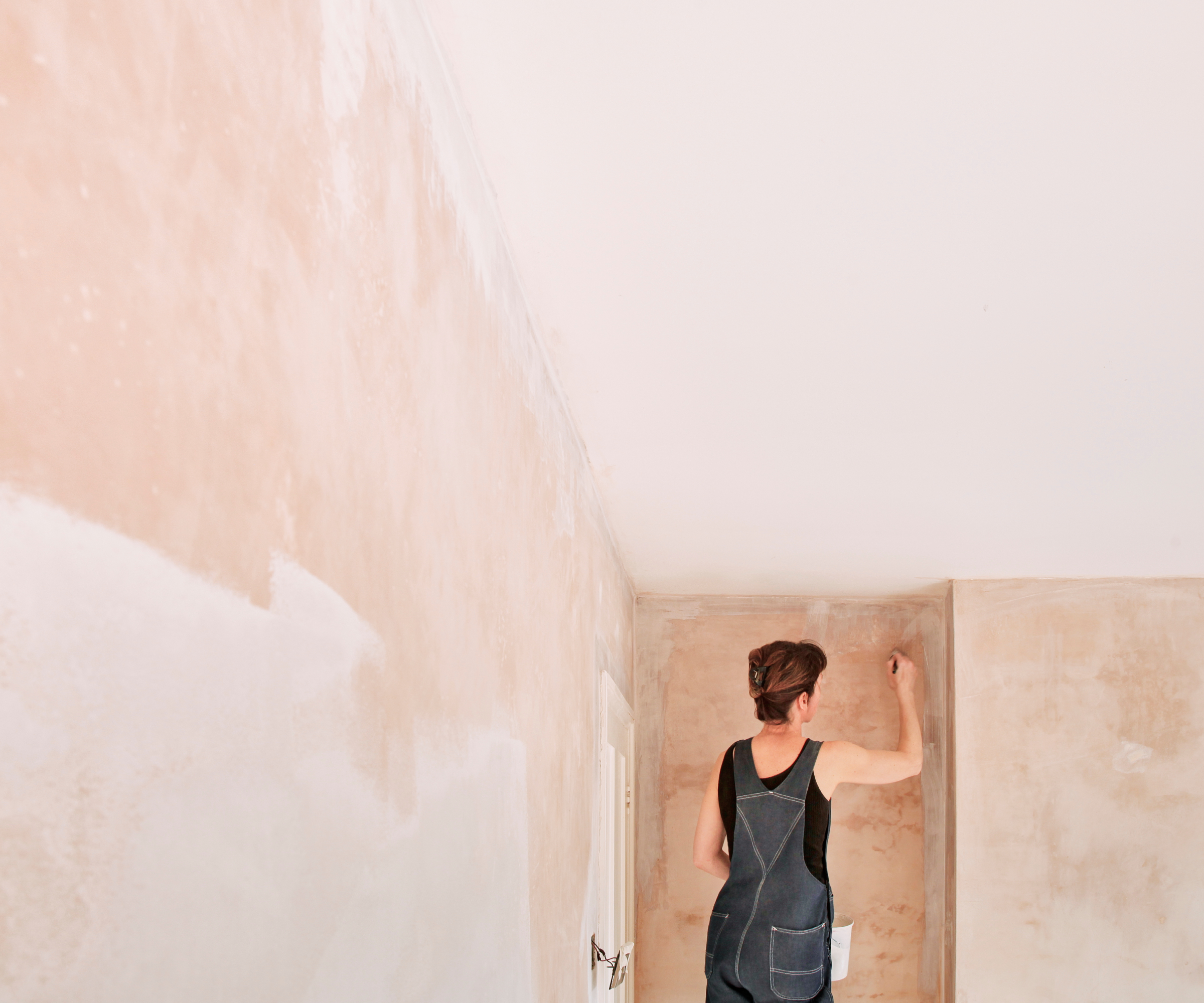
Step twelve: Snagging and practical completion
"Once work is finished, it is important to write up an extension snagging list," says Sarah Harley. "Any leaks, problems with electrics and sticking doors and windows need to be reported to the relevant trade as soon as possible after finishing."
If you have used a main contractor there will be a defects liability clause in the contract and a payment retention. This is to ensure that the builder returns to complete defects work, usually six months following practical completion. Once the works have been completed, the remaining balance of retention monies can then be released.
If you have managed the project yourself, then the cost of correcting any defects will be down to you unless you have agreed a retention with individual subcontractors. All building work undertaken is still however covered by consumer law.
Practical completion can run in concurrence with snagging, depending on the severity of any defects. It is typically defined as the point when the building work is complete – save for any minor defects. If you are in agreement that the work is completed as agreed (excluding minor snags), you can take possession back from the builder and officially move in. Expect to receive all manufacturers’ and installers’ guarantees, commissioning certificates, and the Electrical Installation Certificate.
Whoever is dealing with building control will also need to provide all of the information required to get a building regulations completion certificate, and this will include the ‘as built’ Energy Performance Certificate (EPC).
Then, once snags are completed, if there is a retention clause in your building contract, 50% of the retention monies held against defects should be released within the agreed time frame.
All that's left to do now is to sit back, relax and enjoy your new extension.
One final tip when it comes to your extension schedule? Don't forget to account for any work that's needed to landscape the garden, particularly if are looking for ways to make your extension work with your garden.
Once any scaffolding has been dropped, ideally you should try to ensure any structural landscaping work needed to form the contours of the garden, the driveway design and paths is completed while there is still heavy machinery on site. Although this is not always practical, especially on a tight site, it can be more cost-effective and less disruptive than trying to get the work done once the extension is finished.
Jobs to consider, as well as garden paths and your driveway ideas, include screening lawns and beds to remove stones, levelling any lawns and spreading topsoil, and even starting with your planting scheme.
Of equal importance as the hard landscaping? Your garden lighting ideas – particularly if you are rewiring your home as part of your extension plans and need to include any new garden lighting in the cabling and the overall electrical load.
Michael is Homebuilding & Renovating's Director of Content, Vice Chair of the self build industry body, the National Custom and Self Build Association (NaCSBA), presenter of multiple property TV shows and author of Renovating for Profit (Ebury). He also runs an architectural and interior design practice, offering design and project management services. He is one of the country's leading property experts and has undertaken over 30 building projects including two self-builds and the renovation of a Grade-II listed farmhouse.
Michael has presented over 150 property shows for BBC, ITV1, Channel 5, UK TV Style, and Discovery RealTime, including I Own Britain's Best Home; Don't Move Improve; Trading Up; Good Bid, Good Buy; Build, Buy or Restore?; How to Build A House; and Hard Sell.
Michael is also a regular expert at the Homebuilding & Renovating Shows. He has written for leading British newspapers, including The Daily Telegraph, Sunday Times, Daily Express and The Independent and has appeared on news programmes such as BBC Breakfast.
- Sarah HarleyAssistant Editor


